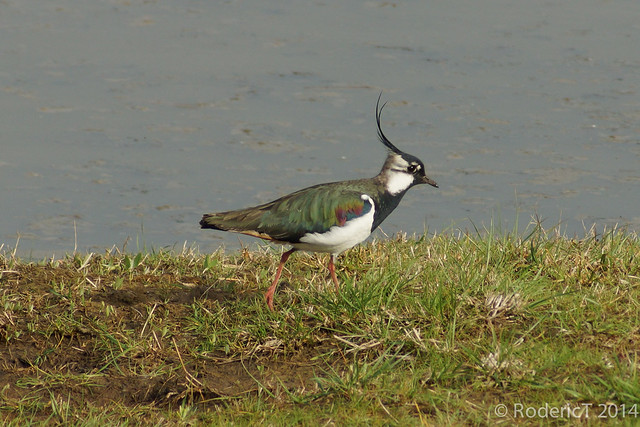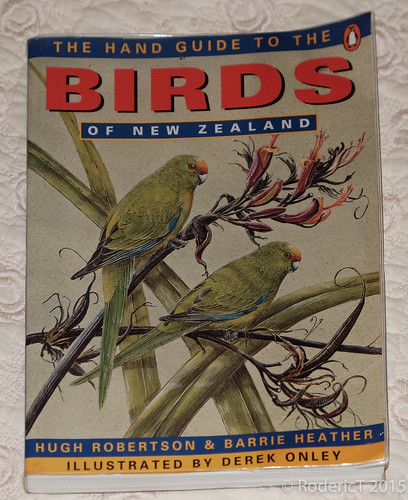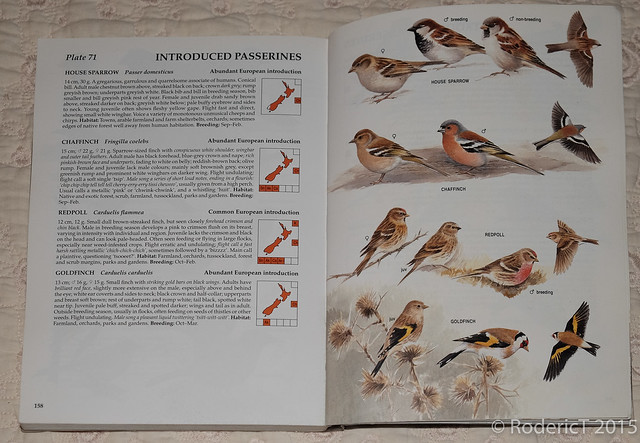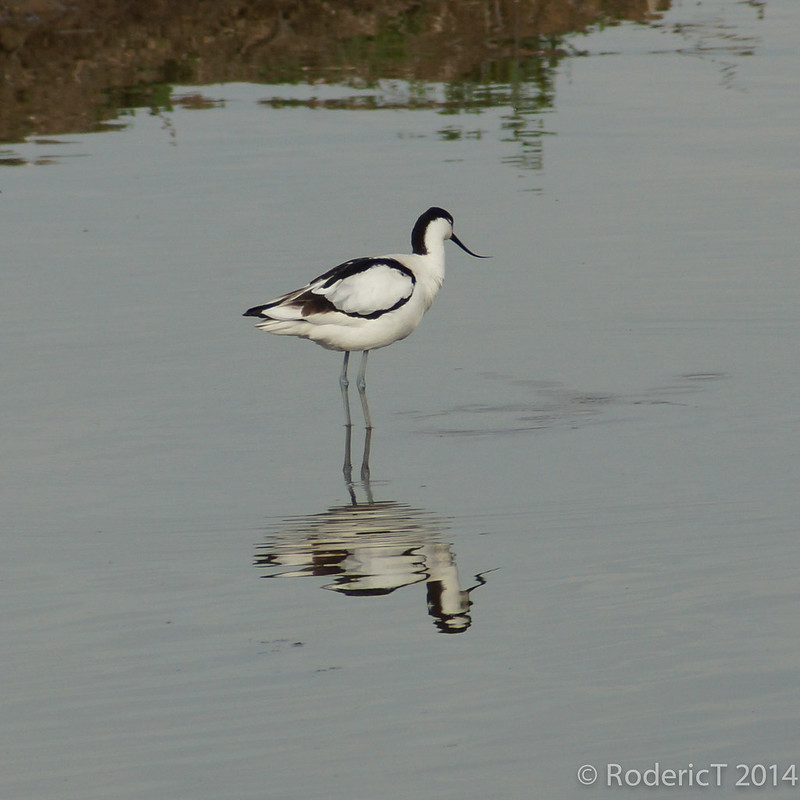Friday 24 July 2015
Childhood Speech Impediment, Maybe?
My older brother said I did not talk until I was two, and since then I have never stopped.
No one in the family seemed to have any problems in understanding me, nor Ricky my pal from across the street who was just two and half weeks older than me. So all was well until I went to school.
I was quite keen to learn and shine at school when five years old and so was often the first to shoot up a hand to answer teacher's question. If the teacher chose me I would immediately give the answer and the teacher would then ask Ricky what had I said and he would tell her. Now the only problem to me was I had to wait a bit longer for the teacher's response, praise or correction.
Things must have been worse than I realised because suddenly I was being taken to a speech clinic on Friday afternoons. Now this did bother me, Friday afternoon at our school was play time, you were given access to a cupboard full of toys and you chose whatever you liked. I had to go with mum, catch the bus and go to this mysterious place in Solihull.The clinician decided the root of my problem were my tonsils and the solution was to have them cut out.
I remember a lot about my stay in the children's hospital. First night two of the bigger boys got us all to bang on our bedside cupboard and shout until we saw the door being opened and then to pretend to be asleep before the nurse walked into the ward.
The day of the operation I was put into a white shroud, a "tea-strainer" placed over my nose and mouth and told to count to ten. I managed to get to seven. But I also remember waking up in a "kitchen" lying on the "table" with people in white coats all around me. On went the "tea-strainer" again and I was told to breath in and out a couple of times. I woke up with a sore throat, but this meant I qualified for ice cream meals for the next 24 hours.
Afterwards I still had to go to the speech clinic but Solihull told us that there was a new one opened in Shirley which we now were to go to. So off we went a week later. I was handed a book and told to read what I could from the page. I can see the scene plainly today 63 years later. He said "Nothing wrong with you, you just talk too quick. No need to come again."
I cannot recall any problems since with people misunderstanding me. Most of my working years were with IBM, first as a systems engineer and then a salesman, both involved giving countless talks and presentations and no one complained.
The closest was when I was in hall in the second year of university. Around the table were people from all around the country, Yorkshire, Geordies, Londoners, Welsh and others. I commented that I was the only one without an accent. I was quickly corrected and told that I had the strongest accent of all being a brumie.
So of my three childhood problems, allthough problem is really too negative and strong a word, this one was false, short sight was corrected as a result of cataracts at an older age so only colour blindness remains. This is common in many people, especially males, so really I have nothing to complain about.
Monday 20 July 2015
First Time Birds
First Time Birds
We are just back (July 2015) from Orkney where I managed to spot 49 different birds (see Orkney 2015 Nature for details). These included some good birds, Arctic Terns, skuas, both Arctic and Great and Hen Harriers plus the bonus of Ospreys and Golden Eagles as we drove back to Worcestershire. However the only bird new to me was a close up view of a Willow Warbler. This started me thinking of when I first noticed various birds.
I have always been keen on birds. Well before the web, even well before the existence of PCs, way back in the fifties I can recall my Mum identifying garden birds that revealed themselves through the French Windows as we sat by the radio for "Listen With Mother". Robin, 'Jenny' Wren, Bluetit, House Sparrow, Song Thrush etc. So there follows just a few recollections on the first time I saw, or to be more exact, recognised a particular bird. The first few are early memories and the latter ones are more recent.
Childhood firsts
Lapwing
I was 11-12 years old and together with school pal Michael we were walking through the fields that 55 years ago were just outside Shirley, Solihull towards Earlswood. We noticed a large black and white bird take off and wheel about in what appeared an uncoordinated and jerky flight as it circled around us. Our interest changed to trepidation as it suddenly dived in our direction calling out peewit and continue to do so getting close to our heads until we hot-footed it to the hedge.
"I reckon that's a Green Plover" Mike said and indeed so it was.
February 1962 we moved to a village in south-east Worcestershire and the Lapwing was a common sight. Local farmer I worked for in my holidays had on occasions to stop his tractor to move a Lapwing's nest out of harms way. Mid-summer the Lapwings would gather together into a large flock of 50+ birds centred on Worcester Corner half a mile outside our village, a lovely sight but one of the first signs that autumn will follow summer. This no longer happens alas. In the last twenty years or so I can only recall seeing a flock there for a few days 4 years ago. Still you can always find them at the excellent Worcestershire Nature Trust reserve at Upton Warren between Droitwich and Bromsgrove.
House Martin
On the Stratford Road through Shirley is a public house, The Plume Of Feathers, and a colony of House Martins had set up home in its eaves. An easy bird to recognise, even if like me you are colour blind, with its short forked tail and white rump.
I read that House Martins would leave there nests before dawn en masse and fly skywards to greet the morning sun. This I must see but being only 10 years old I had to do it secretly as my mum would not let me out at 4.00 am. I arranged to go with my trusted pal Ricky who lived across the croft.
I got up at the appointed hour, crept down stairs and let myself out quietly making sure I left the back door locked and secure. Across the road I threw gravel at Ricky's bedroom window until he appeared bleary eyed at the window shaking his head and then disappeared. So I set off on my own down the croft through the cinder driveway onto Stratford Road and around the corner to 'The Plume'. I stood, cold, in the car park watching the eaves for about an hour when suddenly out popped a House Martin which flew a 20 yard circumference back into its nest. After a further half hour no other bird appeared and I had had enough so set off back home to the warmth.
But of course the back door was locked. Now I was thoroughly fed-up and it was still not 6.00 am. Luckily my elder brother's shed was not locked and I let myself in and sat on his wooden chair surrounded by machine tools and engine parts and managed a fitful slumber until my mother appeared in the kitchen window.
When we moved to the village, now 15, I was so pleased when a pair of House Martins built their mud nest in the apex of our new house. Now fifty years later the village has many more houses but the House Martins have thrived and we have colonies in both of the small estates either side of the main road.
Goldfinch
When I was about 7 years old Dad took us to meet one of his pals, probably a fellow radio ham, who lived a few miles into the country in, what I would now describe as, a Gamekeeper's Cottage surrounded by fields and next to a large hen house. The smell of silage often triggers off memories of this place. He had a caged red and yellow small song bird which I am sorry to say was a captured Goldfinch.
I did not see another one until after we moved to the countryside and thankfully this was a pair in the wild feeding on thistles on the side of the lane. About ten years ago I noticed a flock, or to use its special noun a charm of Goldfinches gathering in the autumn evening in the same tree, about 30 all together. There numbers have increased over the years and I now seldom go up the garden without seeing one and they certainly out number the other finches, even Chaffinch and Greenfinch.
I took early retirement in 2000 and the next year went on our first trip to New Zealand. I purchased the NZ Observer Book of Birds in preparation for a new list of sightings. We had flown into Christchurch and the first full day my first birds were soon spotted, a colourful and tuneful pair high in the branches. I soon had them in the binoculars, or binos as the Ozs and Kiwis call them, and I immediately recognised them, yes a pair of Goldfinches!
Kestrel
When very young I spent a night or two with my paternal grandparents, not sure why, in Witton Birmingham. My granddad was from Dursley Gloucestershire, an athlete as a young man, walked to Birmingham and became an ace tool maker. He was also an ace gardner winning Best Gardener In Birmingham at least a couple of times. I was in his garden, miserable and missing my Mum, when I came face to face with a large dragonfly. Insects are not supposed to be this big and I was terrified and rushed indoors even more miserable. After 30 minutes my Granddad past a message via Nan saying he had something to show me. I feared it was that wretched dragonfly but crept out to him. Not a dragonfly but a couple of gardens away he pointed to a kestrel motionless in the sky.
Kestrels became a common sight over the years flourishing along the motorway verges but recently I have seen less although things are just beginning to improve.
More recent firsts
The excitement of adding a new bird to your list is not just a childhood joy, I still get a kick even now in my late 60sAvocet
Every year we celebrate New Year with three other couples going away for a week to different parts of the country. About eight years ago we went to Old Hunstanton in North Norfolk, a part of the country my wife and I visit regularly, and one of the days we visited Cley Reserve. They have an excellent cafe overlooking the reserve and on this day we were rewarded several hundred Golden Plovers flying over the water. Amongst this cloud of birds I spotted a few black and white birds flying determinedly in straight lines amongst them in a territorial manner. Could they be? I was getting excited and taking advantage of the scopes available yes they were my first sightings of an Avocet.
I have now seen at least 100 Avocets so probably had seen but not recognised them before. In fact in that same year I started to regularly visit the Worcestershire Upton Warren Reserve near Droitwich, just a 10 mile cycle ride away, and discovered Avocets had been nesting on the Salt Flashes there for quite a few years. The advantage of Upton Warren are the hides are close to the birds so now I have more photos of Avocets than any other bird.
This year (2015) we were again in North Norfolk in spring and on an evening walk around the marshes from Blakeney to Cley a brave Avocet mobbed me for several minutes no doubt I was close to it's young.
On this same walk we also saw a first as described below.
Bearded Tit
This year (2015), as mentioned above, we were again in North Norfolk in spring and went for an evening walk around the marshes from Blarney to Cley. We were approaching the road into Cley with reed beds either side where a young man was standing listening and watching.
We fell into conversation and he told us he had heard Bearded Tits here that afternoon and had returned with his binoculars to see if he could find them and had. First he identified the call, a high metallic "tchkk, tchkk" we could hear. Then he pointed to the various birds which I could only see fleetingly when they flew from one side of the path to the other-side. My wife spotted them in the reed beds before me. My problem was I was looking 3 to 5 yards into the reed but they were only a yard away on the edge of the reed bed, as soon as I realised this I also began to spot them all around.
My childhood Observer Book Of Birds had a very affectionate photo of these birds.




